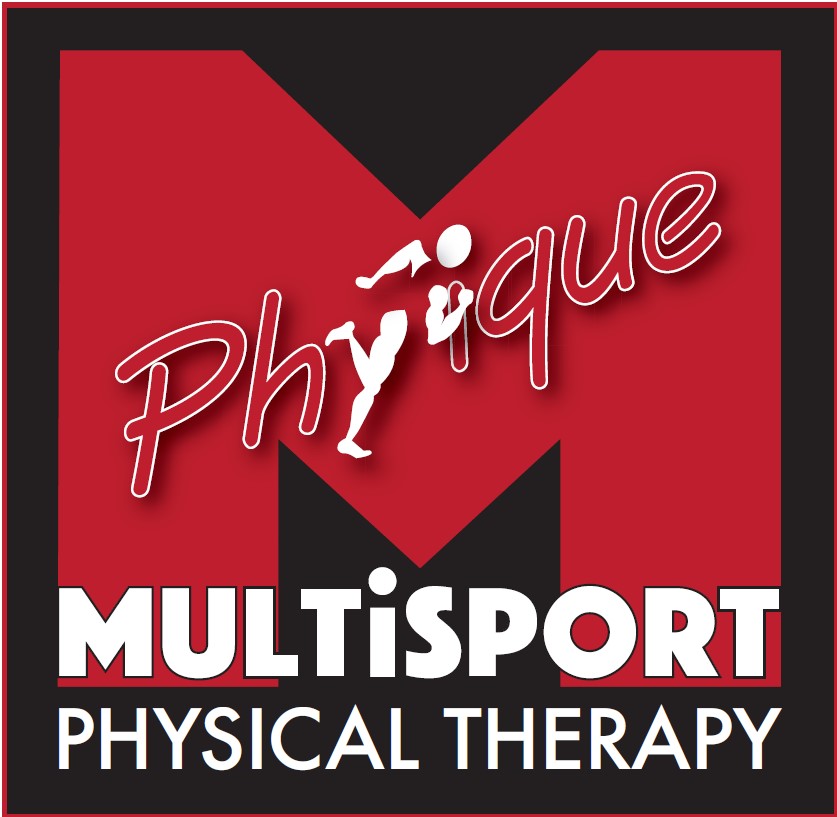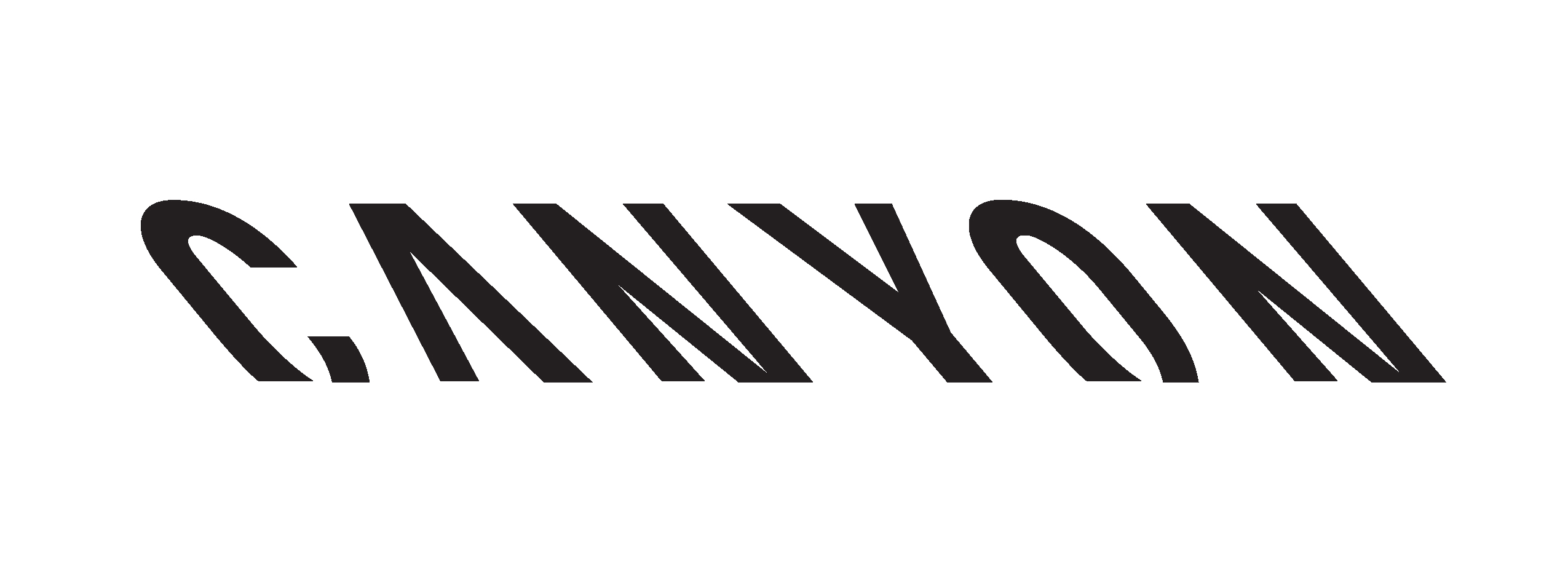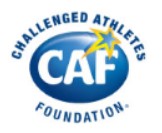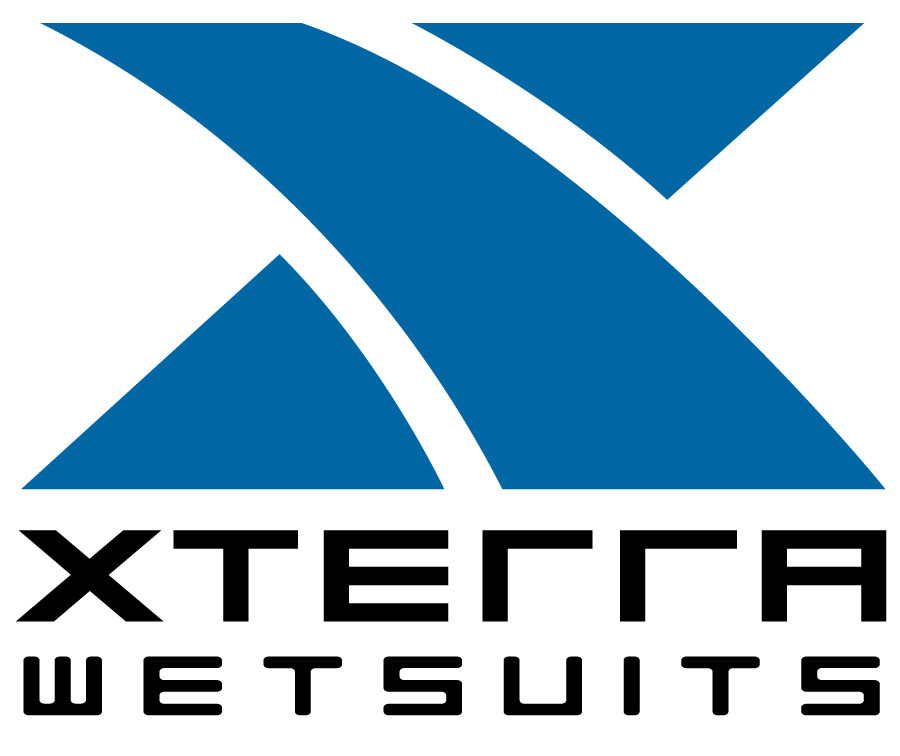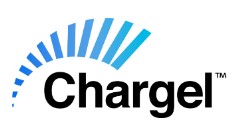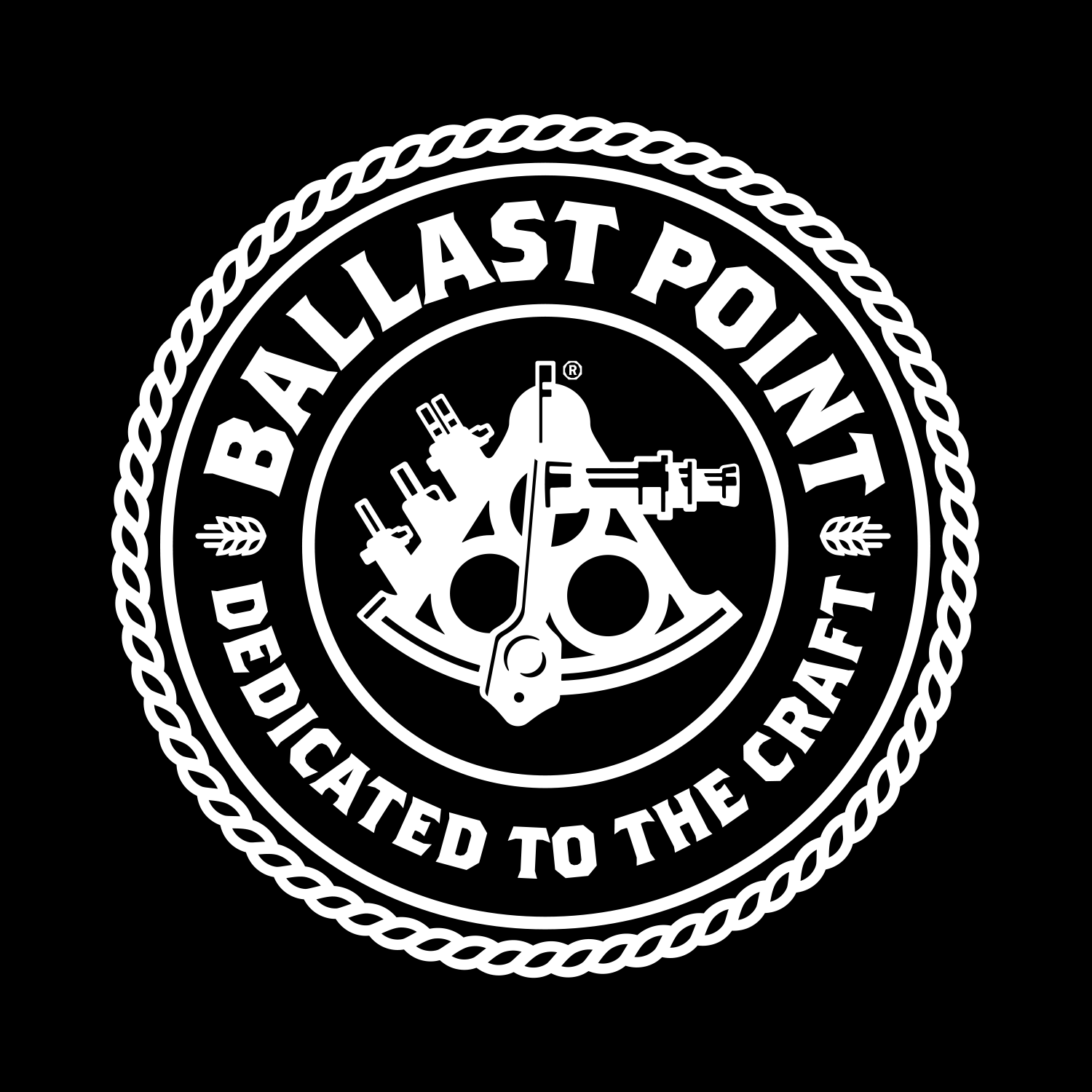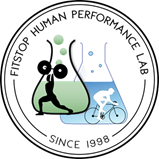Interview: Gerry Rodrigues By Triathlete Europe
Gerry Rodrigues is regarded as the best open water swim coach in the sport and his Los Angeles based Tower 26 sessions have seen some of the best pros and age groupers attend. Rodrigues, an accomplished swimmer himself, has been swimming in open water since he was seven while growing up Trinidad. He later moved to the USA to attend university on a swim scholarship and went on to start one of the early triathlon clubs in Malibu, California. Along the way he has coached beginners through to Olympic and world championship medallists. We caught up with the humble open water swim guru to hear his story. History When did you develop a love for swimming? I grew up in Trinidad in the Caribbean and kept pestering my dad to take me swimming. This went on for two or three years and he finally took me. I fell in love with sport immediately. My dad bought me an alarm clock and told me if I wanted to swim I had to wake him up. I needed no motivation to go to our 6am swim sessions. I loved it and never missed a session. How did things develop from there? By the time I was 10 I was training for an hour three to four times a week. We had a coach who encouraged us to race this 4000-metre open water event but you had to be 16 to enter. There was a group of us 11 and 12-year-old kids who were pretty fast so they changed the rules. I did this for six years before I came to the US. By relative standards I had a lot of open water experience. That’s where the love for open water swimming came about. What happened when you went to the USA? I came to the US hoping to get an athletic scholarship when I was 16. I’d finished school at 16 because school in Trinidad works like the British system where you can finish at 16. I went to junior college in the US because I wasn’t good enough to get in when I arrived. The following year I earned a scholarship to Pepperdine University. This was a division one university but not one of the big swimming powers. How did things develop post-university? I was at Pepperdine 1981-83 and it was at this time triathlon was starting to grow. A group of us in Malibu started a triathlon club and we quickly grew to over 100 members. I became the de facto swim coach. We’d go to all the local races and I’d swim as a part of a relay and coach the others for their swim. This is how swim coaching started for me. At the same time I started a Masters programme in a pool that I rented in Malibu. Around 80 per cent of the members were from the tri club we’d started, so it was a triathlon based. Did you compete in triathlon? No. I was just a swimmer but I enjoyed the sport and became friends with some good triathletes. I followed their careers and ended up in a mentor type role for them. Fast forward and I am now in my 31st year of coaching. I coached a lot of triathletes in the beginning, and I coach predominantly triathletes now, but in the middle portion it was less then 50 per cent triathletes. It was just adults who wanted to swim for fitness or competition. Today What do you provide as a coach today? As a coach I have to provide a good product and back that up with a good service. Every day, week or even yearly on a macro scale, I ask myself what would have made each individual in my squad a better athlete. As a leader I need to create cohesiveness at sessions. In my early years as a coach I’d try to weed out any bad apples, whereas now I cut out the piece of the apple that’s bad. I no longer help those with issues out of the door. Instead, I help them check their baggage before they start. This is how I have evolved as a coach and these people get a benefit from what I do, and I hope it helps them become better people. What are the essential requirements for open water swimming? There’s a basic skill set that’s indigenous to open water swimming. This includes navigational skills because there’s no black line to follow. Being able to start fast is more important than the consistent effort required for pool swimming, so you have to train for this. Then there’s drafting and a different type of stroke mechanics. The polished pool stroke isn’t necessary because open water isn’t a polished pool environment with flat water, currents and no turbulence. A pool stroke isn’t as effective here, especially for beginners. At the top end pool swimming has more value. Along the way didn’t you coach some swimmers who went on to be extremely successful? I love this sport and few people are lucky enough to find what they were born to do. I found it at seven years old. For me, it was about asking myself how do I do this now that I’ve found it. As I’ve got older I am swimming faster than when I was in college. There was that wow effect that this old guy could swim as fast as any triathlete today. As a consequence some of the college coaches would call me to help their swimmers. I coached one swimmer when he was a kid and helped when he went to junior college. He went on to university and had his swim coach, but I was his three-time a week phone call coach. He went on to win several Olympic medals. I also became an advisory coach to a young girl who went on to wind a world championship title. Tower 26 How did Tower 26 come about? In Trinidad we swam in open water to race in open water. When I came to the US people trained in the pool for open water and it didn’t make sense to me. I did at least a third of my training in open water and would get a few people to come with me. While some people would swim in open water they wouldn’t train well and just swam in it, often parallel to the beach, which after one or two sessions isn’t much use. Therefore I created circuit sessions, like we do now at Tower 26. In the early 90s I started some open water workouts at the beach where Baywatch was filmed. I then moved to Manhattan Beach and the sessions grew in popularity. When I decided to start Tower 26 four or five years ago I started it at lifeguard tower 26 in Santa Monica. How do your sessions work? Our workouts have courses between 400 and 700 metres, rather than the tradition point-to-point sessions or swimming for 40 minutes straight. Each circuit has a different instruction and reason for it. People also learn how to enter and exit the water. We have a lot of people at each session which creates a race-like situation. Buoys create race-like turns, people have to practice sighting. It all starts to become race-specific. People also get used to running in and out of the water with a high heart rate like going into transition post-swim in a race. We do that up to 10 times and it becomes a tough workout. There’s no magic to any of this, it’s just common sense. I then started renting the pool at Pacific Palisades to combine the two. Membership grew rapidly. Which professional triathletes have you worked with over the years? We’ve probably had about 50 or so pros come through our programme in the last year. Around 10 are full time. Because of the beach programme and word getting around, lots of pros come through and spend time with us during a visit to LA. Profile names include Terenzo Bozzone, Siri Lindley’s athletes would come down whether it was Sam Warriner, Mirinda Carfrae or any of her athletes at the time. I have a close working relationship with Matt Dixon from purplepatch and almost all of his pros have been to either our beach or pool programmes. These include Jesse Thomas, Lindsey Corbin and Luke Bell. I also have several full-time purplepatch professionals who live in LA now including Sarah Piampiano and Emma-Kate Lidbury. Methodology Your methods are different to most swim coaches. How did these develop? I don’t think there is any one right way that you should be coaching. The moment we start thinking this is the exact way to do things is the day you become antiquated. Life is about progression and evolution. What I know today is not the same as three years ago or 31 years ago when I started. What I had 31 years ago was a kid who’d had 12 years of open water experience and I continued to race for another 15 years, so I had a lot of race experience that developed alongside my coaching experience. Is swimming in the pool good for open water swimming? I recognise that what we do in the pool can’t be good in the ocean because they are two completely separate events. How you train for the Tour de France is not how you’d train for track racing. Open water and pool swimming are different animals. My approach maybe different but my approach is needed for this indigenous environment. Just because most swimming for open water has evolved in the pool it doesn’t mean that it’s application is completely correlated to open water. Would you coach other coaches in your methods so the Tower 26 method was spread around the world? Paul Newsome at Swim Smooth has done a fantastic job of this. If I could employ a knowledge base in some fashion that I think would be beneficial, I would like to be able to develop some sort of training programme that’s available on a mass scale. This would motivate me because I think in the sport of triathlon, apart from at the real elite level, there appears to be a lower knowledge base, especially for those athletes that don’t have coaches. Many of them don’t have the right prescription. While they make progress for a few weeks that ceases and they just keep swimming without any real improvement. That’s a huge audience and they just need the right training programme, and creating this on a subscription basis is something I would be interested in. This is because it would have the biggest impact in getting the largest number of people swimming faster. Unlike some coaches you’re not afraid to share you knowledge. Why? There are some coaches who are secretive or don’t tell the full story. I don’t see that’s a benefit to the sport. I call that low value. That’s just selfish. I can help people to an extent and that’s good. My swimmers will still come to my Tower 26 workouts because I am there. They get the prescription along with my knowledge base. The how, why and when is not there in the same form with many other coaching programmes. There’s no motivational or physical aspect attached to it. I share all my information with athletes or coaches. It must be interesting as coach to see things constantly evolving? I wake up every day thinking I’m only as good as my last coached workout. I start at zero every day. If I have read or heard of something new an athlete or coach has done then I am interested in hearing about it. I may have thought about it or seen it. If I haven’t and I think it’s good, I incorporate it because it makes sense. A team of one is the value of one only. If I can learn from others then that’s a benefit to the people I coach. It’s constant learning. I read around 50 blogs per week because I’m not the smartest guy out there, but I’m smart enough to recognise there are lots of other smart guys. You’re a massively motivated coach. Do you still have the same motivation for racing? I always enjoyed the process. I enjoyed racing and if we scaled it that would be eight or nine out of 10. When it comes to training that would always be a 10. I like training, especially with others and enjoy the competiveness of a workout and pushing each other. It’s the journey and process that I really like. I may race next year but it’s not about racing any longer. I turned 50 last year and realised it was time to be fit at 50 and not fat at 50. I’m swimming three or four times a week again and starting to feel good. I did a couple of races this summer, but I felt race rusty rather than race ready (laughs). You can have all this knowledge and years of racing, but if you’re not doing it currently then you’re race rusty. I made a few foolish mistakes. How important is the swim in the triathlon? It depends on the individual, where they are in the sport, where they came from, their current progression, what type of swimmer they were and their background. It’s all about time management within the bigger picture. This is different for pros and amateurs. As a coach I help athletes budget their training time to give them the best return. Athletes who come in with no swim background have to spend a disproportionate amount of time swimming. While it’s only 10 per cent of their race time in longer events, their training has to be way more than 10 per cent of their time to make up for their deficiency. Swimming is a skill sport and you have to do it properly. How did you end up working with Matt Dixon from purplepatch? When I was coaching at UCLA I was also running my beach workouts at Manhattan Beach at the time. I saw Matt, who was a pro triathlete then, swimming there with some triathletes. Then he came knocking at my door. He was already a good swimmer, but he decided to join our programme and I coached him until he moved away. How did things develop with Matt Dixon in the future? We had a mutual respect for each other. Once he started coaching I became his swim guy. I think that says a lot about him. He’s a good person that many coaches could look up to with what he’s done. He was a national level swimmer for Great Britain and swam in college in the USA. He then coached swimming at a collegiate level. He got his degree in exercise physiology, yet still went out and found me as his swim guy because that’s in the best interest of his athletes. I know Matt does the same with good running and cycling coaches. It has helped make him a better coach. He will tell you that he’s still learning and evolving with every year that goes by. He’s willing to sit and listen. Read more at http://triathlete-europe.competitor.com/2014/01/10/interview-gerry-rodrigues#UAyI70ViJmJRlQwT.99





